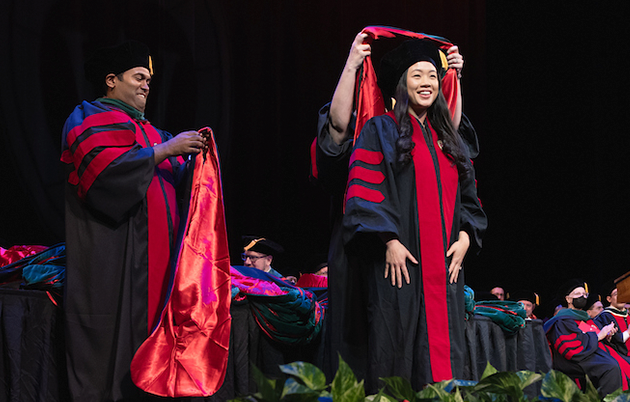The novel cell therapy, designed to treat xerostomia, commonly called dry mouth, caused by radiation therapy, was granted Fast Track designation by the federal agency. The therapy, currently in a Phase 1 clinical trial at the UW Health | Carbone Cancer Center, was developed by the Program for Advanced Cell Therapy, a partnership between UW Health and the UW School of Medicine and Public Health.
Fast Track designation speeds up the review process for drugs and devices, which can take 10 years or more, as they go through the FDA approval process. It is granted to therapies that treat serious conditions and fill unmet medical needs.
Measures to accelerate approval can include more frequent meetings with the agency, a rolling review process and priority review at the time of application for a biologics license, which would allow the therapy to be marketed like any other approved drug or device.
Xerostomia is one of the most critical long-term side effects of radiation therapy for head and neck cancer. It can result in problems eating, speaking and sleeping, in addition to causing pain, fatigue and contributing to tooth decay.
This new therapy offers a novel regenerative medicine approach that leverages the immune system-stimulating and tissue-restorative potential of interferon-γ-primed autologous mesenchymal stromal cells, according to Dr. Randy Kimple, professor of human oncology, UW School of Medicine and Public Health, and a nationally recognized clinical expert in head and neck radiation therapy.
“The FDA’s Fast Track designation underscores the urgent need for new therapies in the field of radiation injury and validates the promise of our approach,” said Kimple, who is also the principal investigator of the ongoing Phase I clinical trial. “This regulatory milestone accelerates our path toward delivering transformative care for patients suffering from chronic xerostomia.”
The FDA issued an investigational new drug license, or IND, in 2020, to launch the clinical trial. The trial is set to enroll 30 patients by this fall and is currently enrolling the final patients for the study, which is aimed at assessing the safety of the therapy.
The treatment uses a patient’s own interferon-gamma activated marrow stromal cells, which are then enhanced in the program’s cell processing facility at University Hospital and injected into the patient’s salivary glands to spur saliva production.

